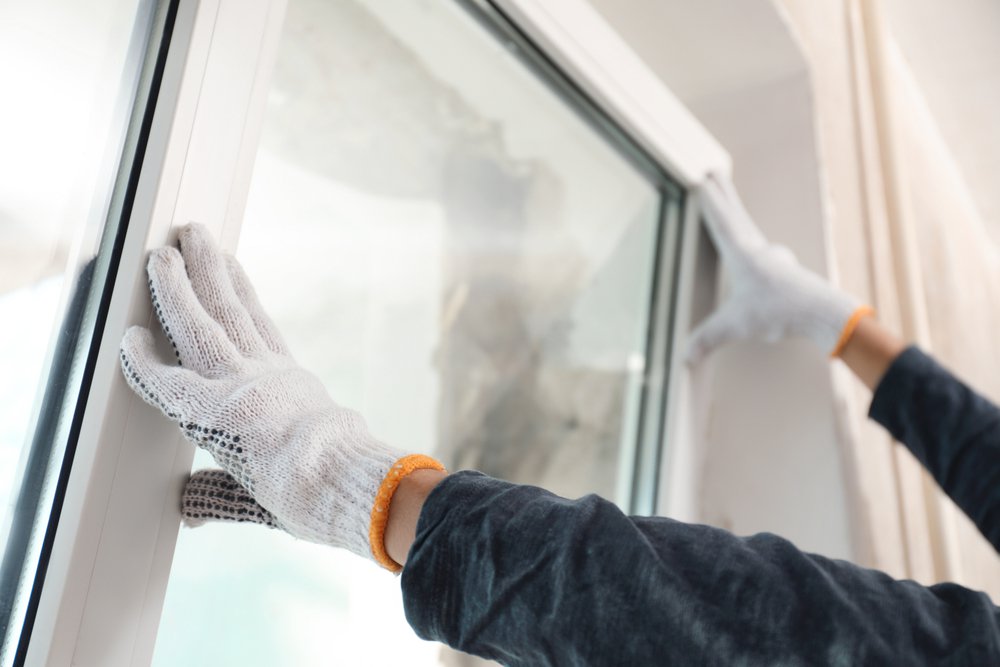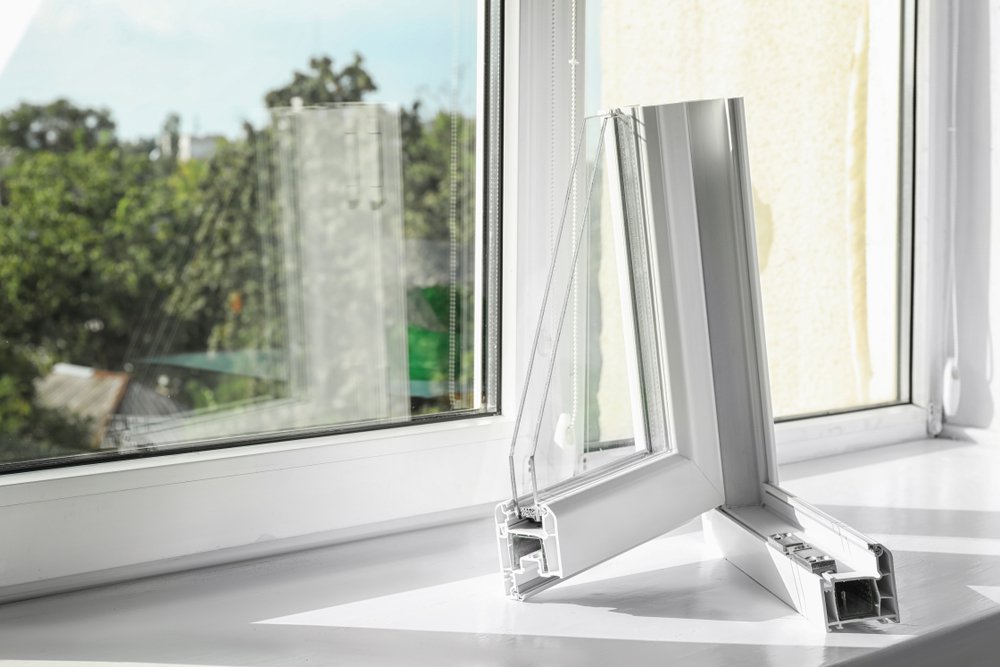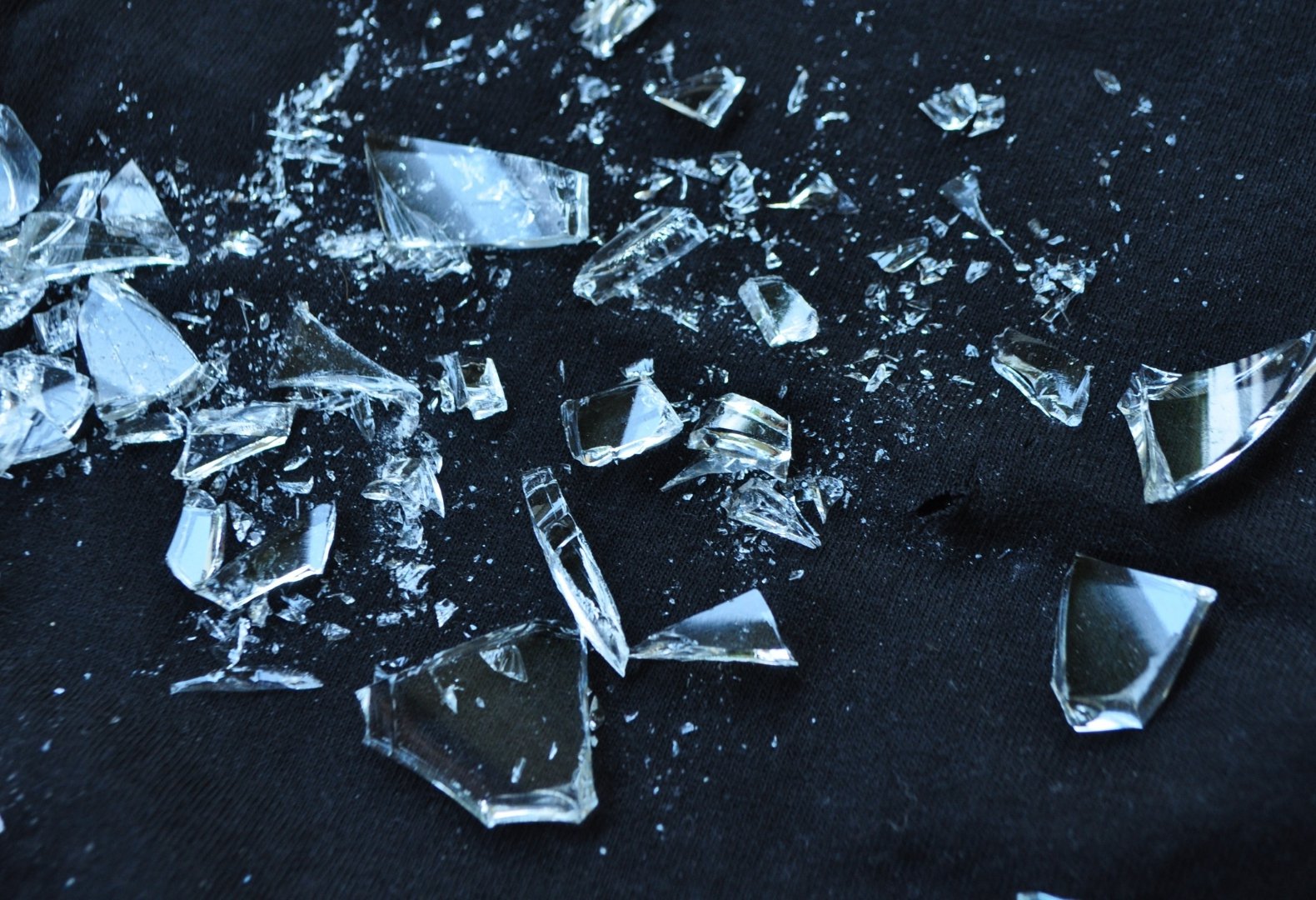In the world of modern construction, insulated glass manufacturing plays a pivotal role in enhancing building performance. High-performing insulated glass units (IGUs) help regulate indoor temperatures, reduce energy consumption, and extend the lifespan of window systems. But the benefits of insulated glass are only as good as the quality behind the manufacturing process. Achieving long-term durability and efficiency starts with rigorous quality control—every step of the way.
From selecting premium materials to executing precision production techniques and implementing thorough testing protocols, quality control is at the heart of high-performing insulated glass. As demand for energy-efficient buildings grows, so does the importance of ensuring these products meet strict durability standards.
Material Selection in Insulated Glass Manufacturing
Durability begins with the right materials. In insulated glass manufacturing, even the smallest component influences performance. Selecting high-quality materials significantly reduces the risk of long-term issues like seal failure or moisture infiltration.
- Low-Emissivity (Low-E) Coatings: These coatings reflect infrared heat while allowing natural light to pass through. Their thermal performance makes them essential for improving energy efficiency.
- Spacer Bars: Insul-Lite Manufacturing™ uses advanced, non-aluminum spacer technologies that reduce thermal bridging and improve unit longevity.
- Sealants: Robust primary and secondary sealants ensure airtight construction, preventing moisture ingress that could lead to fogging or degradation.
Thoughtful material sourcing is the first line of defense in producing insulated glass that performs reliably across all seasons and building applications.

Precision Production Techniques That Prevent Defects
In insulated glass manufacturing, precision is everything. Small inconsistencies in the production line can result in thermal leakage, condensation, or unit failure. That’s why leading manufacturers rely on advanced processes that ensure every unit meets exact specifications.
- Automated Cutting and Sizing: High-precision cutting tools eliminate human error, delivering consistent glass dimensions across production batches.
- Edge Deletion for Low-E Glass: For units using soft coat Low-E glass, the edges must be carefully removed to ensure proper adhesion of sealants.
- Cleanroom Assembly: Assembling insulated glass in a controlled environment reduces contamination and improves seal integrity.
These techniques not only improve consistency but also minimize production waste and support environmental goals.
Testing Procedures That Safeguard Performance
No quality control program is complete without robust testing. In insulated glass manufacturing, tests verify that each unit will maintain its performance under real-world conditions.
- Thermal Cycling: Repeated heating and cooling cycles simulate seasonal temperature changes and test the seal’s ability to withstand expansion and contraction.
- Gas Retention Testing: Ensures the insulating gases (like argon or krypton) remain sealed within the unit, preserving its thermal efficiency.
- Desiccant Performance Checks: Desiccants inside spacer bars absorb residual moisture. Verifying their effectiveness is key to long-term clarity.
- Visual Inspection & Defect Detection: Automated systems now assist in identifying imperfections such as scratches, debris, or misalignment that might affect performance.
Comprehensive testing not only validates product quality—it prevents costly callbacks and strengthens the manufacturer’s reputation.
Meeting and Exceeding Industry Standards in Insulated Glass Manufacturing
Trusted insulated glass manufacturers align their processes with established industry guidelines. Adhering to recognized standards ensures performance, safety, and customer satisfaction.
- IGMA Standards: The Insulating Glass Manufacturers Alliance (IGMA) offers specifications for fabrication and quality control.
- ASTM Standards: ASTM International provides rigorous benchmarks for evaluating insulated glass durability and performance.
Incorporating automated inspection systems further helps manufacturers maintain uniformity and meet these strict standards, raising the bar for quality across the industry.

The Energy Efficiency Payoff
The link between high-quality insulated glass and energy efficiency is clear. When insulated glass is manufactured with strict quality controls, it delivers consistent thermal performance over time. This stability reduces the strain on HVAC systems and leads to measurable energy savings.
- Lower Utility Costs: High-performing IGUs help keep indoor spaces comfortable year-round without overworking heating or cooling systems.
- Environmental Gains: Reduced energy use means a smaller carbon footprint, helping buildings align with sustainability goals and certifications.
- Improved Building Lifespan: Durable window units extend the service life of glazing systems and reduce the frequency of replacements.
Quality-driven insulated glass manufacturing contributes not just to efficient buildings, but also to greener communities and long-term cost savings.
Driving Quality and Innovation at Every Step
Raising quality standards isn’t just good practice—it’s a necessity in an industry increasingly defined by performance and sustainability. Insul-Lite Manufacturing™ is proud to lead this effort by incorporating advanced quality control processes into every stage of insulated glass production. From the materials we source to the rigorous testing we perform, our commitment is clear: deliver durable, high-efficiency sealed units that exceed expectations.
When it comes to building performance, the details matter. Elevate your projects with insulated glass that delivers uncompromising durability, energy savings, and long-term value.
Contact us today to explore how Insul-Lite Manufacturing™ can support your next build with precision-crafted, high-performance insulated glass.





